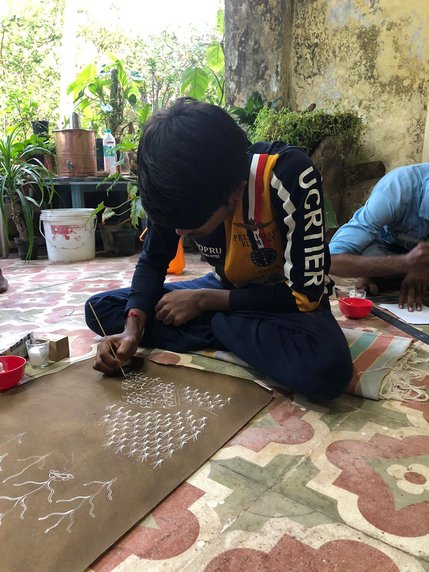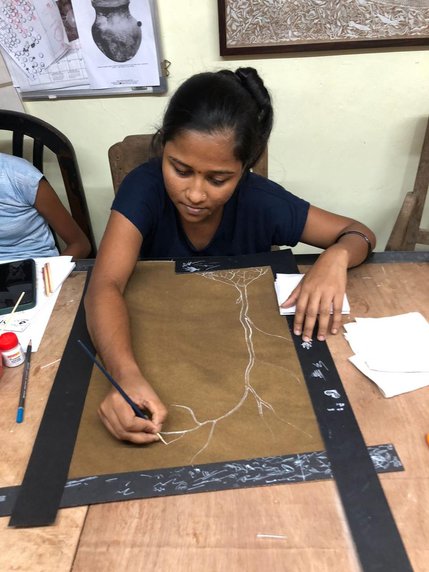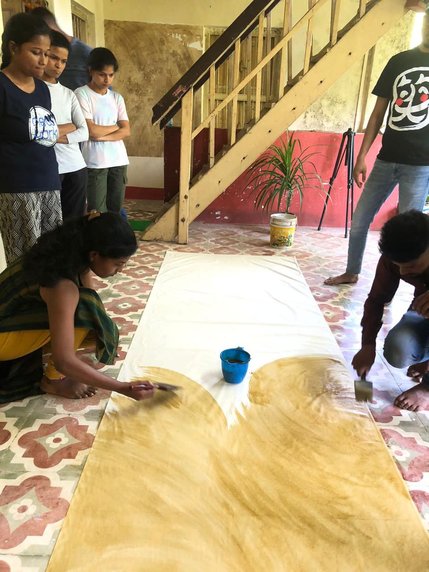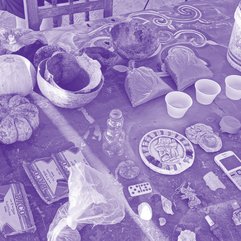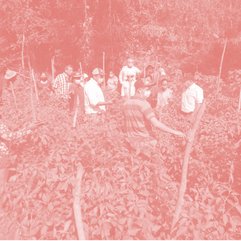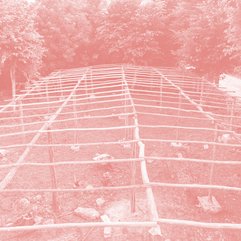Regeneration
5-day Workshop on natural pigments and Warli-painting with Mayur and Tushar Vayeda
18.00-21.00
18.00-21.00
10.00-16.00
10.00-16.00
18.00-21.00
Save the Date
for adults
in German/in English

Artists and siblings from the Warli community of Western India, Mayur and Tushar Vayeda will conduct a five-day workshop on natural pigment-making and Warli-painting.
The workshop introduces the Warli tradition of storytelling, looking at the diverse narratives, vocabularies and their significance: How does an artform conserve the Warli knowledge of seed and soil diversity in a form of storytelling, and how does the observation of the native landscapes and the use of natural materials help new generations to (re)explore their deeply rooted connection to environmental guardianship?
As believed to be one of the oldest forms of art, traditionally produced by women, the Warli art uses storytelling techniques on various surfaces including clay wall, textile, and handmade paper, depicting rhythmic patterns of co-existence, cultural phenomena, organic cultivation, and traditional land use of the community, thereby embodying their inextricable relationship with the natural environment - soil, seed, water, animal, tree, and people.
The workshop begins with soil studies - properties and components of the soil, formulas of various base mixtures, and then continues with application and finishing techniques with different effects of textures and colors. The traditional Warli techniques of sourcing pigment from soil and rice flour are unique as in Warli art color is made from freshly harvested rice to honor Kansari - the goddess of seeds. This reflects the connection between the ecological, psychological, and spiritual dimensions of a centuries-old practice that understands an art form as part of community, and that plays an important role in conservation and resistance, especially in light of current ecological developments.
To participate, please register via: magdalena.w@spore-initiative.org. The number of participants is limited, so we ask you to only register if you can attend all five sessions.



